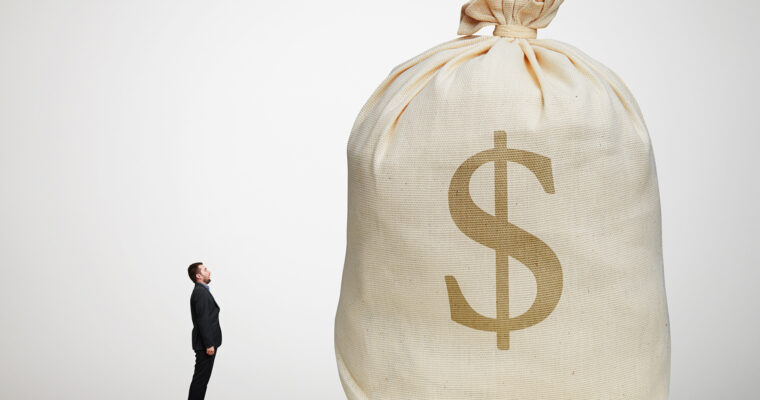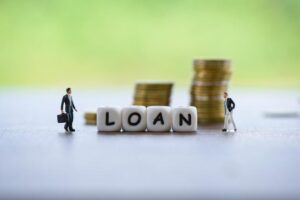What Options and Tips Are There for Paying Off Your Debts Quicker?
Approximately 80% of Americans are carrying some sort of debt, so this is a very common problem faced by most people. The good news is that there are several methods that you can use to pay off your debt— you just have to determine which method works best for you. Here’s a look at five options for paying off debt.
#1: Try the Snowball or the Avalanche Method
The “snowball method” is a metaphor for paying off your smallest debt(s) first, and then taking that amount and applying it to your next smallest debt once the first one is paid off. This uses the metaphor “snowball” because the amount of money you’re using to pay off each consecutive debt “snowballs” into a larger number.
Conversely, the “avalanche method” requires you to pay off your most expensive debt (or the one with the highest interest rates) first, and then take that money to pay off the next highest debt once the first one is paid off. In most cases, the avalanche method is quicker and less expensive because you’re focusing on the highest debt— which usually also has higher interest rates.
#2: Shorten the Duration of Your Loan
Refinancing a loan is a popular way to shorten its duration. This is a method where you take out a new loan to pay off an existing loan(s). While this may seem like it’s making your debt situation worse, keep in mind that refinancing loans often means that you get lower interest rates— and possibly a lower monthly payment as well.
The downside to this option is that it may hurt your credit score initially, but being able to pay off loans— on time and in full— helps your credit score. If you’re struggling to pay off debts, try to see if this is a viable option. You’ll save more money in the long run, and you’ll pay off your debts quicker.
#3: Pay More and/or More Often
One of the most obvious answers to paying off debt quicker is to simply pay more than the minimum payment and to pay on it more often. For example, if your minimum payment is $35 a month, try doubling the amount you pay and the number of times you’re paying per month.
When you double 35 you get 70, and if you pay $70 twice a month, that’s $140 you’re paying on that debt every month versus only $35. This is just a simple example, but you can pay as much and as often as you want to pay off the debt quicker.
Clearly, this option isn’t viable for everyone, but it is worth looking into for many people. Create a budget by making a list of the things that must be paid for and the things that you may be able to do without for a while. If you can find where you can cut corners, you’ll be able to pay more on your debts. Keeping track of your finances can help you try this method of tackling debt quicker.
#4: Look into Loan Consolidation
Consolidating a loan is similar to refinancing a loan, except that refinancing is typically used to combine personal loans, whereas consolidation combines federal loans. Also, refinancing your loans may result in a lower interest rate, but consolidating does not; instead, it averages all of the interest rates of your loans and produces a mixed interest rate.
You’ll also get to keep many of the same benefits associated with federal loans, such as the ability to have income-based repayment terms. Student loans are the most common type of federal loans, and many people have their student loans consolidated.
#5: Consider a Home Equity Loan
Home equity loans are similar to taking out a second mortgage on a home. Homes and other types of real estate appreciate (increase in value) more often than not, and the amount you owe on your home subtracted from its market value is the equity you’ve earned.
A credit union home equity loan (and other home equity loans) allows you to borrow the equity you’ve earned on your home to pay off other debts. It’s also a good idea to use this money to make home improvements that will further increase the value of your home.
While many methods help you pay off debt quicker, it’s also important to avoid going into debt in the first place— if possible. Consider all of your options before taking out a loan and understand the terms of your loan.
Make a list of things that you need and the things that you want, and create a budget to avoid having to put too many items on your credit card. Finally, stick to one credit card and avoid store credit cards, as they usually have the highest interest rates.







0